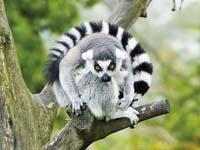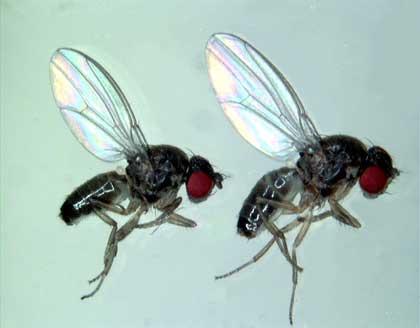Scavenger flies to measure mammal diversity
2013/01/15 Etxebeste Aduriz, Egoitz - Elhuyar Zientzia Iturria: Elhuyar aldizkaria
.jpg)
German researchers have benefited from the ability of flies that feed on haratustel to locate animal bodies. Scavenger flies, feeding on bodies, perform better DNA sampling than any biologist could do. And researchers have found that this DNA lasts long enough inside the flies to sequence it and identify the original animal. Thus, it has been proposed as a cost-effective method for measuring mammal diversity in the journal Molecular Ecology.
In many cases it is very difficult to know the distribution and abundance of animals (see, for example, the case of the carnivores of Euskal Herria). Studying closed forests well can be almost impossible, for example. Often only traces such as footprints, feces, etc. can be found. and its detection also requires a lot of work. However, in this research they have shown that flies can do that work. Scavenger flies are found all over the world, in almost any terrestrial ecosystem, abundant and easy to catch.
Researchers first demonstrated that body DNA could recover from flies. And then 115 flies were randomly caught in the forests of Cote d’Ivoire and Madagascar. Identification DNA was detected in 40% of flies. 16 Cote d’Ivoi mammals were identified, including 6 of the 9 known primates and a rare endangered antelope, and 13% of Madagascar’s mammals. According to the researchers, they are remarkable numbers considering the small sampling. In addition, this method can be used to locate unknown species.
Gai honi buruzko eduki gehiago
Elhuyarrek garatutako teknologia





